3" 1500LB flat gate valve is made according to API6D standard. The valve body is made of ASTM A995 4A. It has the structural characteristics of BB, OS&Y, with diversion holes. Its connection mode is RTJ. And it has hand wheel operation mode.
Payment:
30% when order confirmed, 70% before shipmentProduct Origin:
ChinaColor:
CustomizationShipping Port:
Shanghai, ChinaLead Time:
30~60 days Ex Works after order confirmationMaterial:
ASTM A995 4AMethod of Operation:
Hand WheelProduct Description
|
Type |
Flat Gate Valve |
|
Size |
3" |
|
Pressure |
1500LB |
|
Connection |
RTJ |
|
Operation |
Hand Wheel |
|
Body Material |
ASTM A995 4A |
|
Design Norm |
API 6D |
|
End to End |
API 6D |
|
End connection |
ASME B16.5 |
|
Test & Inspection Code |
API 6D |
|
Temperature |
-29 ~ 120°C |
|
Applicable Medium |
Water, Oil and Gas |
Features
1. Reliable operation, easy maintenance, good economy, suitable for large-scale application and promotion;
2. Low fluid resistance, low pressure loss, beneficial for energy conservation and emission reduction.
Technical Drawing
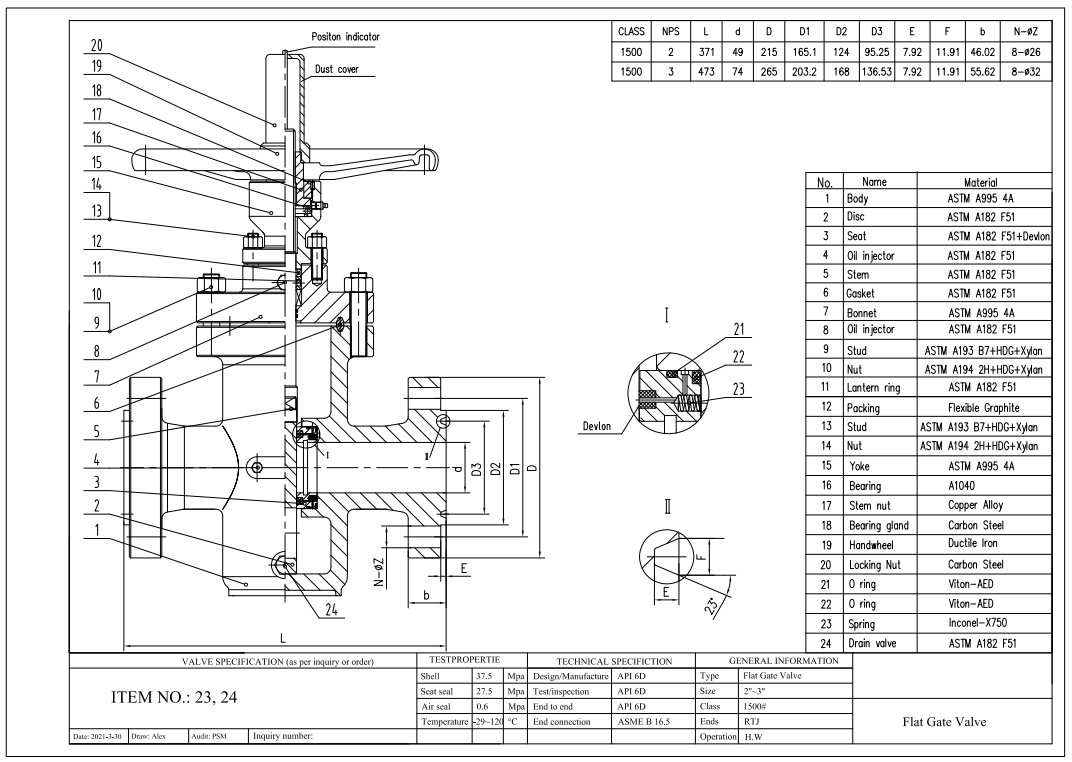
Dimension Checking
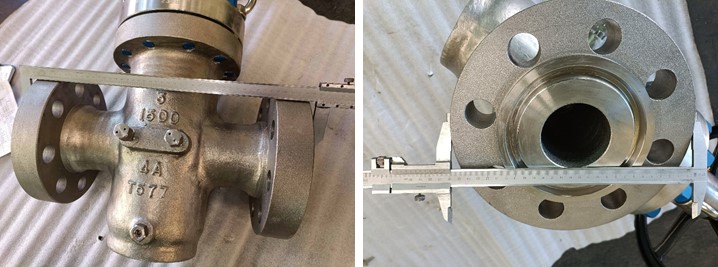
Pressure Testing
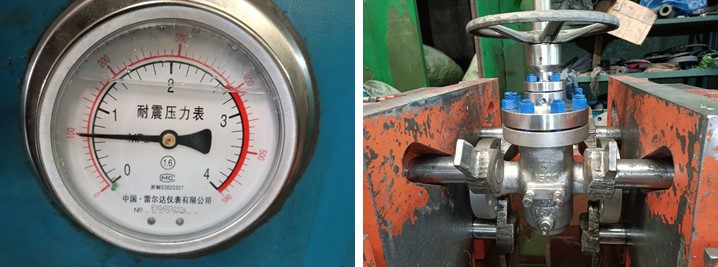
Nameplate & Packing
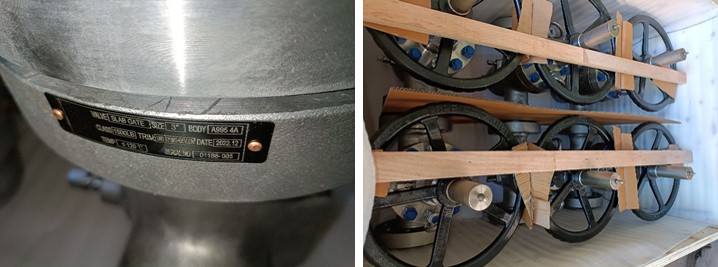
Inspection report
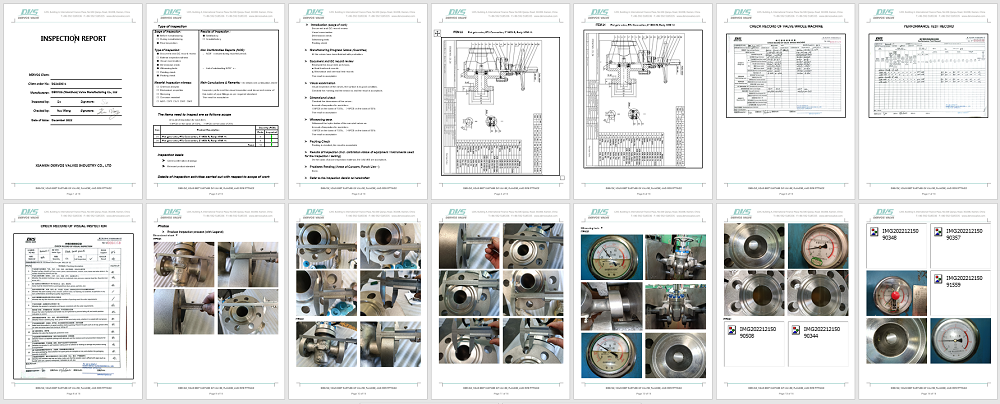
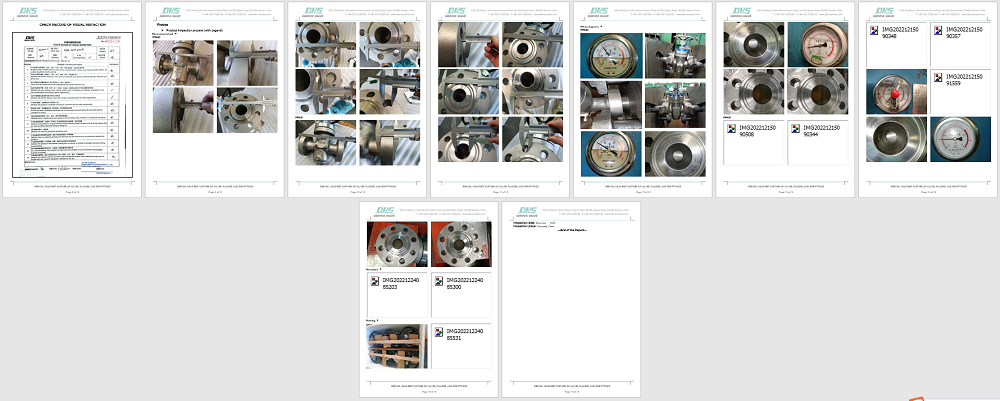
If you are interested in our products and want to know more details,please leave a message here,we will reply you as soon as we can.